Fireflies?!
ZachS. z5 Platteville, Colorado
8 years ago
Featured Answer
Sort by:Oldest
Comments (17)
popmama (Colorado, USDA z5)
8 years agoZachS. z5 Platteville, Colorado
8 years agoRelated Discussions
Anyone grow Firefly (Horcos) in zone 6?
Comments (7)I also have TS ( dies to ground every but Come Aug. it loaded with bloooms) Blue Billows I had for over 20ys blooms Every yr right on time...what I'm getting at I don't need the hassle... starting to replace some of my ES just getting to big (4'x5') have many Anneballe, incrediballs Inv Sp 1&2 ...i still have Bloomstuck, Mathilha Gutge ,Little Tuff stuff and la dreamin...No more MACS...LOL...See MoreGnats/Fireflys // Sunshine #4
Comments (0)Wrong forums but figured some are familiar.... I hardly every start annuals from seeds, but just our vegs. Just started a large stash of annuals and they germinated along with the ~bugs~ in the soil. Anyhow, I do plan to have these under lights well into May. Methinks I'm going to wander over to the Hydro store and buy me a bag of ProMix, which should be bug free.... Ehh, too much work on just sterilizing soil. It's been awhile since I've been to the Hydroponics store for clean soil. What are you thoughts on Sunshine #4...See MoreFirefly sighting (first in 2 years in San Antonio)
Comments (6)I know the piles would decay over time and enrich soil. But we have so many piles of it, it's all the snake homes they create that worry me. ;) I've always heard snakes LOVE wood piles. We've already seen a copperhead on the place, as did our plumber on a different occasion, also in the same general area, by our outbuilding that is a combo storage/laundry, well/pump house. We think he may be living up under that building (well-concealed behind the lattice skirting) so we only see him when he crawls in or out. I have a small rat terrier I worry about out there and feel I have to watch her like the many overhead hawks already doing so 3x daily thinking she's lunch. LOL That's the only reason I would entertain the notion of burning off the slash piles....See MorePicea orientalis ‘Firefly’. Two weeks planted drooping? Help
Comments (12)Update Firefly was planted in late April and planted in morning sun and afternoon shade afforded by a tall 65 year old maple tree. It was adequately watered when planted. After meeting with the knowledgeable people at the ACS conference I returned home to find firefly in bad condition. I pulled the conifer up and discovered it was bone dry. The soil it was potted in appeared to be ground wood mulch and looked like dry peat. I soaked the rootball and repotted in Promix with granite grit and placed in shade. I have had several large specimens expire and found similar soil conditions. Firefly is recovering and I am smoking lots of hopium for its Rehabilitation. i am trying to submit photo....See Moremayberrygardener
8 years agoKatie Parker
8 years agomstywoods
8 years agomathewgg
8 years agooakiris
8 years agoZachS. z5 Platteville, Colorado
8 years agooakiris
8 years agolast modified: 8 years agoSkybird - z5, Denver, Colorado
8 years agolast modified: 8 years agoZachS. z5 Platteville, Colorado
8 years agolast modified: 8 years agokeen101 (5b, Northern, Colorado)
8 years agolast modified: 8 years agomstywoods
8 years agoZachS. z5 Platteville, Colorado
8 years agooakiris
8 years agokeen101 (5b, Northern, Colorado)
8 years ago
Related Stories

GARDENING AND LANDSCAPINGLight Your Patio, Extend Your Evening
Cast a magical spell on a summer night with decorative outdoor lighting as sleek or as rustic as you please
Full Story
LIGHTINGMidsummer Night's Dream: Starry Indoor Lighting
See How to Get the Look of Dreamy Twinkling Summer Lights Year-Round
Full Story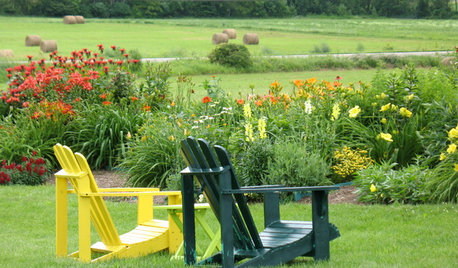
NORTHEAST GARDENINGNortheast Gardener's July Checklist
Fire up your garden with sun-loving yellow and red blooms to put you in a party mood for outdoor summer fun
Full Story
SHOP HOUZZShop Houzz: Summer Camp Nostalgia
Relive the adventure of spending the summer at a sleep-away camp
Full Story
FIREPLACESDesign Workshop: Is an Ethanol Fireplace Right for You?
Learn the pros, cons, types, cost and more details about ethanol, or gel-fueled, fireplaces
Full Story
GARDENING GUIDESGreat Design Plant: Chasmanthium Latifolium
Inland sea oats is an easy native grass for a moist, shady garden spot
Full Story
SMALL SPACES8 Challenges of Cottage Living
‘Small rooms or dwellings discipline the mind,’ Leonardo da Vinci once said. Just how much discipline can you handle?
Full Story
PRODUCT PICKSGuest Picks: Stretch Out Summer With Outdoor Lights
Don't let shorter days spoil the party. String lights, flameless candles and lanterns can brighten patios beyond summer
Full Story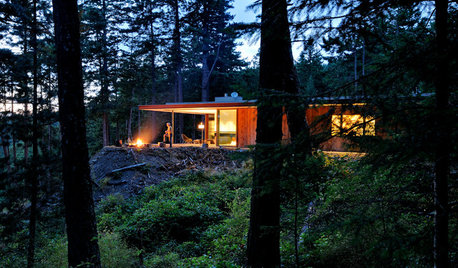
HOUZZ TOURSHouzz Tour: Just What Mom Wanted, Off the Washington Coast
With an art studio, age-in-place features and a view-maximizing design, this home shows just how well the architect knows his client
Full Story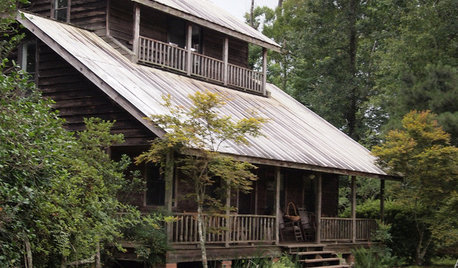
MY HOUZZMy Houzz: Rustic Charm in Rural Louisiana
See how wood warms the interior of this idyllic cabin getaway for art gallery owners
Full Story


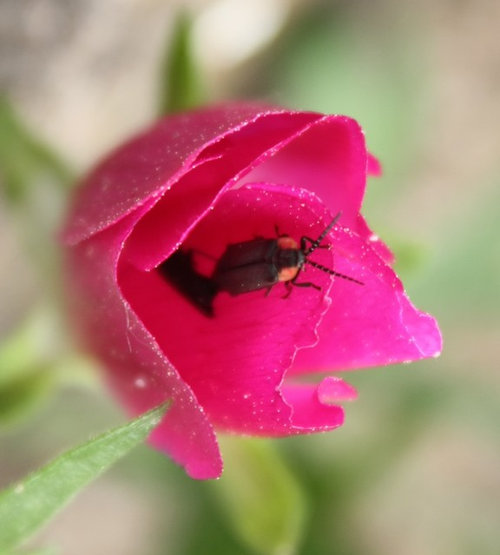
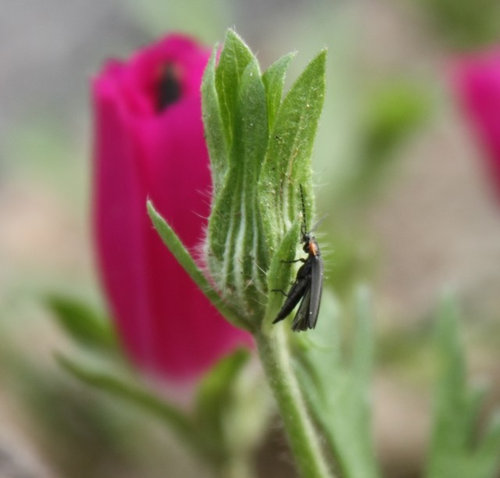



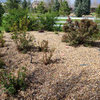
ZachS. z5 Platteville, ColoradoOriginal Author